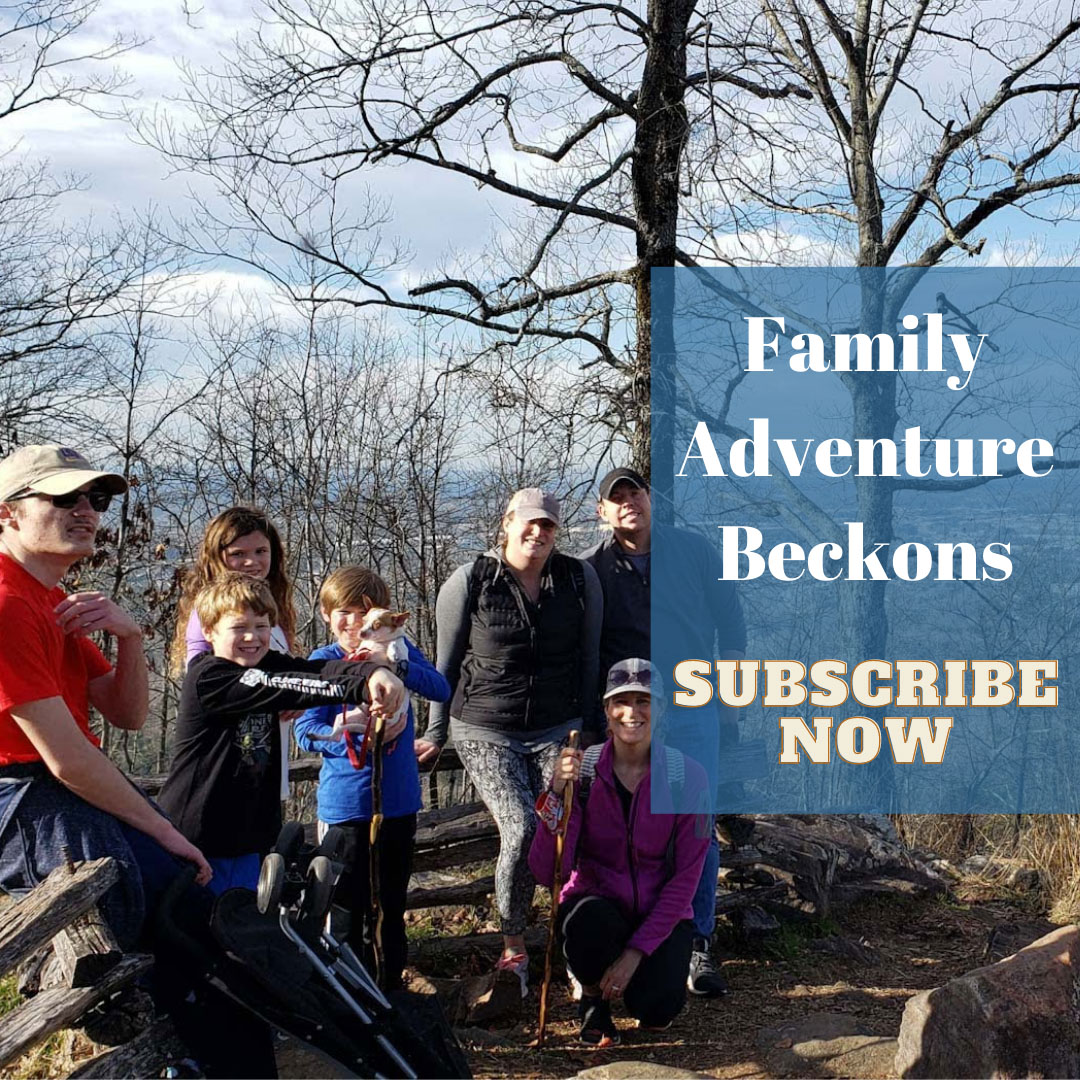(Originally Published May 2022. Updated: April 2025)
It’s Saturday morning and a group of approximately 30 people are gathering in the parking lot of a public park near Woodstock, GA, north of Atlanta. As they pull gear from car trunks and truck beds, muddy boots and tall waders drop on the asphalt. Shovel handles bounce off the hard surface. It quickly becomes clear that these are not members of area softball teams meeting up for a friendly game.
These are gold seekers, members of the Allatoona Gold Panners setting out for a day of panning in a local creek located on public lands managed by the US Army Corps of Engineers. Over the next few hours, they hope to find golden flakes or small nuggets hidden in the creek, once one of Georgia’s gold rich mining areas. While the discovered veins were exhausted in the early 1800s, this eclectic group of determined hobbyists, professional geologists, curious first-timers and experienced panners WILL find placer gold. The only questions are who will find it first, and how much will be recovered before they leave.

A Family Legacy
Walking on a winding wooded trail following the creek, experienced gold hunters share tidbits with the newcomers. Robert, who began tagging along with his dad more than 30 years ago, drops to the back with four slower walkers. Robert says he’s out in the streams every weekend, “Unless it’s really cold.”
He remembers days when he and his dad picked up small nuggets from the creek beds with their bare hands. Now, he explains, finding nuggets is rare. “It’s not likely you’ll get a big score on any one trip. But if you keep at it, the gold adds up over time,” he says.
As we approach a bridge, Robert points right. “There’s an old mine right there. They covered up the opening, and built a house right above it.”
Even if Robert’s mine-shaft knowledge isn’t spot on, one thing is certain. We’re in the general area where multiple gold mines operated in the midst of the Georgia Gold Rush. Shafts were dug and blasted into bedrock, seeking gold veins hidden in the rolling hills. Stream beds, their banks and the surrounding hills were dug out by hand by prospectors drawn to this area.
Today, that kind of mining isn’t allowed on public property managed by the Corps. Instead, this group of intrepid gold hunters carries only shovels and gold pans, closely following the gold hunting guidelines for public lands.

After hiking approximately .75 miles, the group stops for a brief huddle. Steve, the organizer of today’s event, confirms we’ve reached the designated location and tells they group they can commence their searches.
Several of the experienced panners climb down into the stream, walk a hundred yards further and start their solo efforts. A few of the newcomers stick with Steve, who has brought along extra gear for them to use. He offers a few practical tips, does a quick panning demonstration, then watches as the newbies try their luck.
Help for the First-Timers
Two first-timers, Huan and Michael, are using equipment borrowed from Steve. They don’t have boots like the experienced panners, and stand in the swift, cold water in athletic shoes and bare feet. Michael dumps a shovel-full of bottom material into a pan.

On the third pan, Michael sees some shiny flakes. ‘That’s gold,’ confirms Steve.
Panners often wish for good luck by saying, “Heavy pans.” But this pan is too heavy — with rocks — for Huan to handle. Steve steps in, smiling, and throws out some of the large rocks. He then shows Michael and Huan how to hold the pan at a proper angle, working the water and small material to expose any gold. This pan has none, and neither does the next.
But on the third pan, Michael sees some shiny flakes in the bottom of the pan. He asks Steve’s opinion, who smiles and says, “That’s gold!’
Steve takes the pan for a minute, and gives more instruction, demonstrating how to move all the material to one side, then gently shaking the pan to move the sediment away. More gold flakes are now visible at the top of the pan.
“When you do this right, if it moves, it’s not gold,” Steve says. Michael and Huan have been panning for less than 15 minutes and they’ve found their first gold.

How Much Did You Find?
This same scene is repeated up and down the creek. Tom is a geologist by trade and also has several working mines in other locations. He’s ankle deep in the creek giving a family of newcomers similar instruction. John, who says he’s been hunting gold for nearly all of his 60 years, comes from a family of geologists. He’s happily offering advice when asked, which is frequently.
Watching the groups work, their posture and facial expressions often foretell their gold finding success with individual pans. And when an accumulator bottle is stuck into one of the pans, it’s a sure sign that there’s definitely gold in that pan.
After about 90 minutes, the first group member calls it a day. Several others start taking the trail back over the next hour. As a newcomer myself, I make a rookie mistake and ask several panners how much gold they’ve recovered. I’ve broken an unspoken rule, but the experienced panners let me off easy. They simply smile and reply, “We had a good day.” Or, “Enough to come back again.”
And that’s the final lesson from this group. No one here is planning to get rich. Over time, the luckiest may pay for their equipment, gasoline, a few sandwiches and maybe have a few dollars to spare. But the adventure, the thrill of finding gold and the camaraderie will bring them back again. Because there’s definitely more gold in these North Georgia streams!






